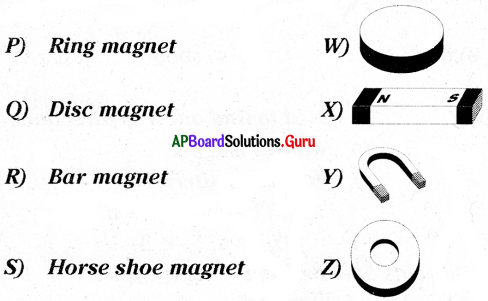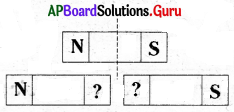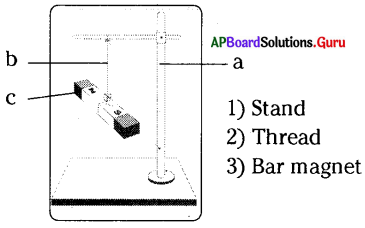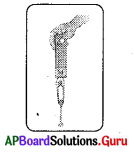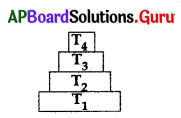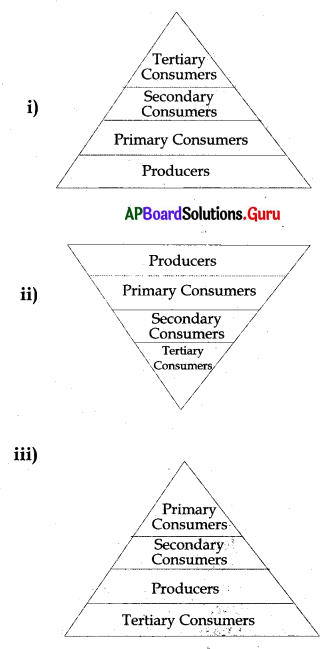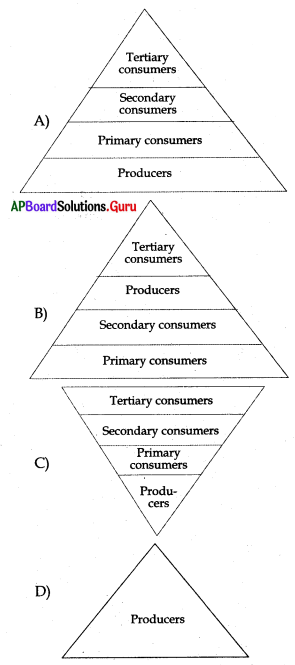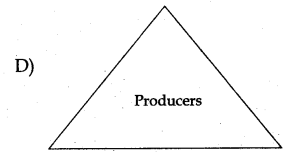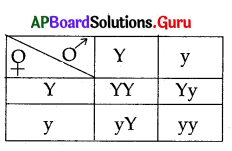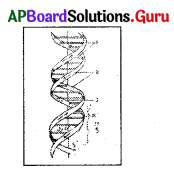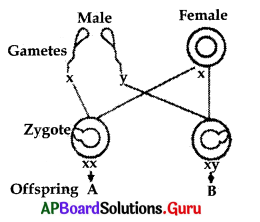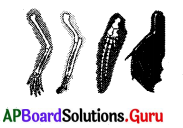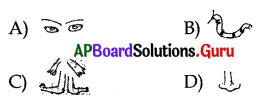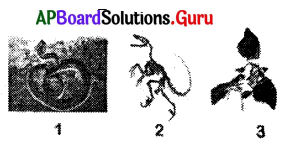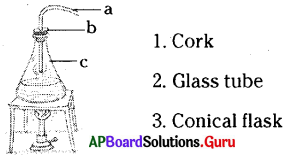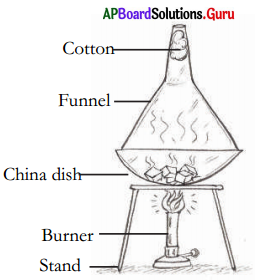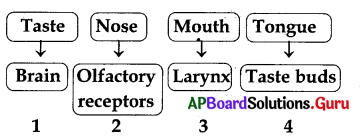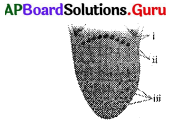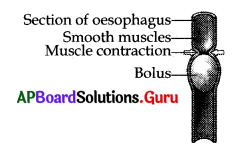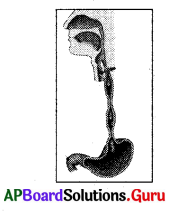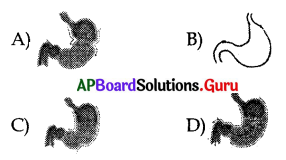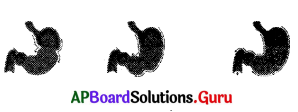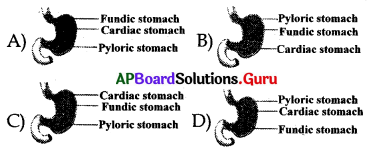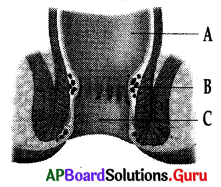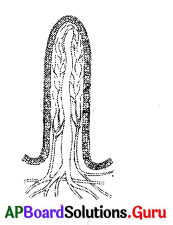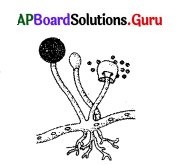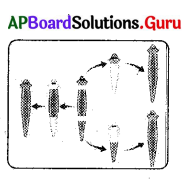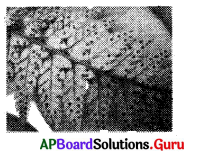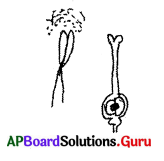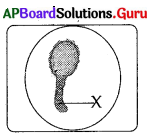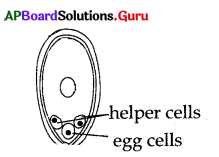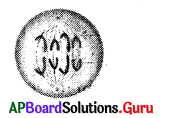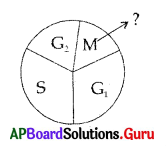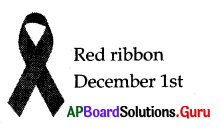Practice the AP 6th Class Science Bits with Answers Chapter 7 Let us Measure on a regular basis so that you can attempt exams with utmost confidence.
AP State Syllabus 6th Class Science Bits 7th Lesson Let us Measure with Answers
Choose the correct answer.
Question 1.
The standard unit of the Length is ………..
A) Centimeter
B) Millimeter
C) Kilometer
D) One meter
Answer:
D) One meter
Question 2.
This offers a wide varieties of standardized weights and measures of the time
A) Charaka Samhitha
B) Raja Tarangini
C) Arthshastra
D) Kadamban
Answer:
C) Arthshastra
![]()
Question 3.
The distance traveled by aeroplane or ship is measured by
A) Nautical Miles
B) Kilometers
C) Feet
D) Miles
Answer:
A) Nautical Miles
Question 4.
The volume of liquids are written in
A) Ml
B) Cm
C) Mm
D) Kl
Answer:
A) Ml
Question 5.
Which is the correct statement?
A) 1 cm = 100 mm
B) 1m = 100 cm
C) 1km = 100 m
D) All
Answer:
B) 1m = 100 cm
![]()
Question 6.
The protractor ranges from
A) 90’ — 180’
B) 0’ — 90’
C) 0’ — 180’
D) 0’ — 360’
Answer:
C) 0’ — 180’
Question 7.
The curved path length is measured with
A) Tape
B) Graph paper
C) Thread
D) Scale
Answer:
C) Thread
Question 8.
The original scale is preserved in the measure in
A) the U.S.A
B) Russia
C) U.K
D) France
Answer:
D) France
Question 9.
We indicate square millimeters as
A) m2
B) mm2
C) cm2
D) km2
Answer:
B) mm2
![]()
Question 10.
Larger distances can be measured in
A) mm
B) km
C) cm
D) All the above
Answer:
B) km
Fill in the blanks.
1. 1 cm = ……………. mm
Answer:
10 mm
2. The thickness of coins is measured with ………………
Answer:
Scale
3. The symbol of a square millimeter is ………………
Answer:
Mm2
4. 1 km = ……………… meters.
Answer:
1000 m
![]()
5. ……………… is used to measure the volume of irregularly shaped body.
Answer:
Measuring Cylinder
6. Foot space, hand space, and cubit are ……………… methods to measure the length of objects.
Answer:
Conventional
7. ……………… is the smallest unit in scale.
Answer:
Millimeter/mm
8. ……………… is the symbol of the square meter.
Answer:
M2
9. ……………… is the measure of the extent of space that occupies by body.
Answer:
Volume
10. The volume of liquids is measured in ………………
Answer:
Millilitres/ml
![]()
Match the following:
Question 1.
List-A List – B
1) Measuring cylinder ( ) A) Distance traveled by ship
2) Measuring tape ( ) B) Volume of liquids
3) Nautical miles ( ) C) Tailor
4) Bigha ( ) D) Gram
5) Unit of mass ( ) E) Cube
– F) Mughal measurement system
Answer:
1) B
2) C
3) A
4) F
5) D
![]()
Question 2.
List-A List-B
1) Centimeter ( ) A) l × b
2) Square millimeter ( ) B) 3 Feet
3) Yard ( ) C) cm
4) Millimeter ( ) D) mm2
5) Area ( ) E) ml
Answer:
1) C
2) D
3) B
4) E
5) A
